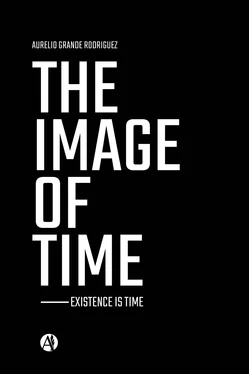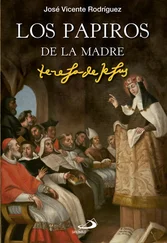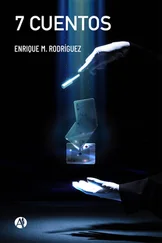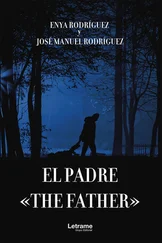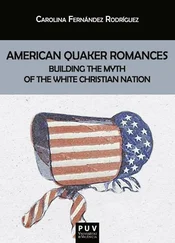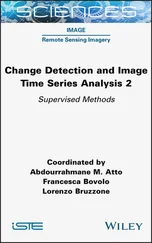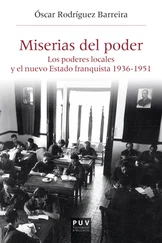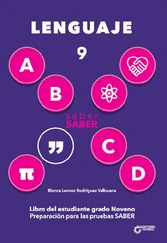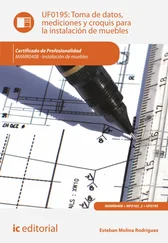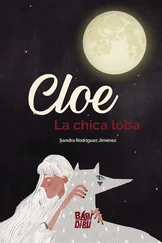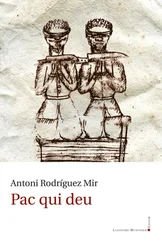That conceptual fracture between reason and experiment should ideologically differentiate the legitimacy of knowledge, marking contradictory positions between ideas and facts; after which the truth would no longer be so important. Ultimately it´s a matter of rhetorical principles, where only the triumph of one position over the other would be of interest; a struggle that without the backing of logic can´t be justified. In these differences there also seems to be a distinction in the very concept of justification, since it distinguishes between experience of reason and experience of fact as if this were possible; and the experience could occur without the help of reason or the resource of interpretation - which isn´t a minor problem, it´s a contradiction. This unfolding of the experience doesn´t make much sense either, since whatever the modality, this is always for the subject an experience of consciousness, or he wouldn´t be aware of it.
In this case, as in any condition based on ambiguous explanations, an excess is observed in the causal argumentation, as if the truth, even being only one, had two equally valid justification alternatives; although in any case they would be relative or contradictory.
At first, the concept of truth would be based on a correspondence between the world itself and this same world as it´s thought after being perceived; assuming that all these moments coincide in the same space-time point -the mirror and the immediacy of the process. It´s precisely this requirement that invalidates the process, since the simultaneity of events that´re causal and consequential is not possible; nothing can immobilize and nothing that has succession, can prevent time from passing.
This bears a subtle resemblance to what´s known as con conceptual truth, where the logical aspect is the determining factor of truth or falsehood; as can be seen, for example, in the terms of an equation -the validation of its expression being in the correspondence of its members -condensed in an instant without projection- where the truth would be in equality.
As the truth should be the quality of the true, considering the truth as something abstract would no longer have much use, now it would only be necessary to consider the true -the important thing would no longer be an abstract truth but in the true- the evidences that are derived from the facts.
The representation
Depending on the perception and the sensitive nature of the evidence, if these are understood as the legitimate aspect of things due to the practical effect of the form, the truth would be established with the representation; then leaving the image, as a real meaning and at the same time, apparent -thus, being conceptually contradictory. We know that the concept of appearance is synonymous with representation, so even though this is real, by definition it´s also opposed to what is true but even so, it can´t be false either; because in that case it would represent the true – it´s a logical question and also a game of meanings. Reality and truth aren´t exactly coincident concepts, but they try to identify each other, so the images are true and at the same time, they´re also apparent issues -which probably can´t be justified.
The illusionist knows a lot about this because cheating is his job, properly manipulating the facts, he uses distraction and deception to convince the spectator, making him believe as amazing and true, something that was always false and misleading; but precisely for this reason, the technique that he uses for deception is true and effective. Therefore the true, even though it´s false, is the logical and consequent result of a correct procedure; this game of concepts is what confuses the most. The images are implemented to provoke visual effects and whatever the context, the evidence will always be appearances; magic satisfies the requirements of experience by making the expectation of a fantasy come true. This is what science often does, counting on the unrestricted support of an educated common sense that there isn´t doubt because believing in the method, it trusts the system; even also, those who, knowing the falsehood, accept it because they like it or it suits them - ideologies entertain them.
The facts are apparent and inevitably deceive us, but we can discover them because the evidence has flaws, contradictions, ambiguities and inconsistencies that are generally not taken into account. To discover what really happens, requires a serious and exhaustive logical analysis, but most especially, putting aside some prejudices -or perhaps almost all of them.
THE GENERAL ASPECT OF THINGS
Within the general scope of ordinary experience, the reality of things isn´t as important as appearances, the emotional effectiveness of images being in the effects caused by their presence; a representation as ephemeral and changing as existence itself -because that´s how the dynamics of experience are. In all this, both the false and the true coincide, which, as we well know, come and go over time and therefore, the consequences and not the things, seem to represent the legitimate content of the facts. However, from the formal and its multiple categories, we´ve been taught that by effect of appearances there´s the true as well as the false and this must be unmasked; linked in any case, by a kind of connection between what is, what is and what is interpreted from the form. Then, this would be, on the one hand, what it´s and corresponds to what its appearance represents and, on the other, that which isn´t when it doesn´t correspond to what is shown; a problematic and deceptive relationship whose boundaries, if they exist, never seem to be fully defined. Added to all this we find what is and what happens, because in addition to things and appearances, everything moves. In this changing world of forms, that are and aren´t, everything is a change of appearance; it´s no longer the definition, in every phenomenon, there´s a process of transformation.
By a synthesizing logic of the traditional philosophical convention, it´s assumed that the great complexity of the world is reduced to the three fundamental aspects that, above any difference, participate in all its structures: “ the nothing, the part and the whole”. In this singular conceptual triad initially considered, the emptiness would be represented on the one hand, understood as the extension of a space without content; on the other, that which, being concrete, limited and effective, stands out as something totally different that can be incorporated into the first, and finally, the absolute fullness of all these possibilities, now synthesized in a solid indistinct condition. Being then in this whole, the context of unity and difference where the general aspect of all the possibilities is considered, thus representing the sum of a container with all of its content. As if nothingness was progressively transforming as a result of its own development, until it formed a unique, indistinct and absolute system based on properties that didn´t exist at the beginning, apparent during the process and indifferent at the end. According to this model, the part would no longer be a state but a process that develops between nothing and the whole, where the extreme points would end up being as different as they are equal; as a synthesis of potency and act.
Regarding the things considered as the objects that constitute the evidences, by custom it´s said that their existence is concrete when they can be seen, touched and measured; because they´ve shape, consistency and extension. However, since these properties are directly related to the sensory apparatus that sensitive condition that makes them perceptible doesn´t necessarily make them true entities. The form of a thing indicates or supposes an effective content based on which it´s intended to be true, but even so, this doesn´t always happen. As experience shows, very different situations can be observed in every container.
Читать дальше
